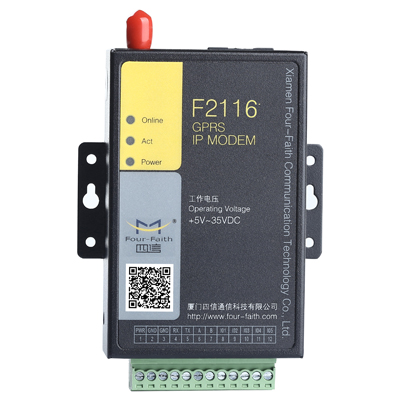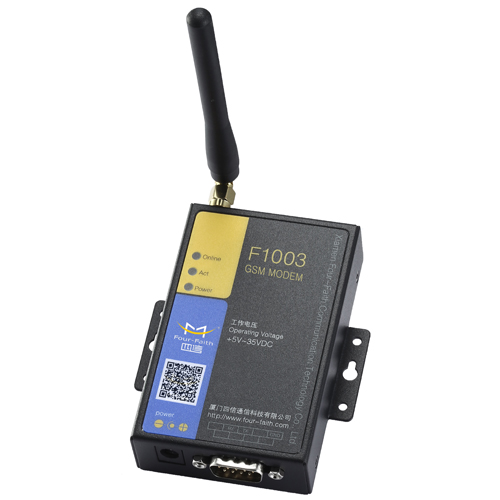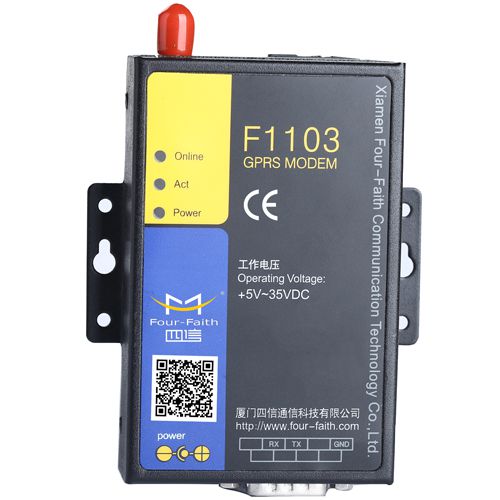RECOMMEND SOLUTIONS
Four-Faith DTU based on weather station wireless monitoring system application
Date:2019-11-08 14:14:37
Background
The meteorological station is a multi-element automatic monitoring node specially developed for agriculture, hydrology, meteorology, ecological investigation and research, etc. It can measure conventional meteorological elements such as rainfall, wind direction, wind speed, temperature, atmospheric pressure and humidity. In order to make up for the shortage of large-scale monitoring equipment in meteorological forecasting, real-time monitoring of data is realized through unattended weather stations in many regions of China. It has flexible site selection, no environmental restrictions, relatively low input costs, and can work around the clock to obtain more comprehensive, more detailed and timely data information, providing more reliable data protection for further improving the accuracy of weather forecasting.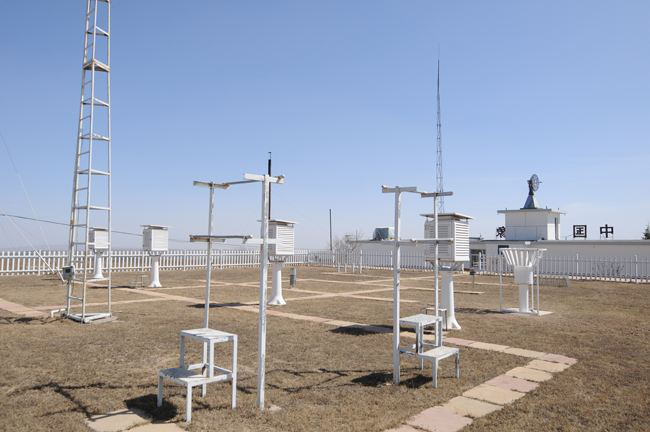
Solution requirements
■ Labor costs are too high, it is difficult to monitor data anytime and anywhere, and deal with problems in a timely manner
■ Satellite network coverage is small, speed is low, and there is no direct communication between small stations, which limits network functions.
■ The traditional meteorological information system ground network is built earlier, the equipment performance is low, the line speed is low, and the time is prolonged, which is difficult to meet the demand.
Introduction
Based on the four-faith DTU digital transmission terminal equipment, the customer demand measurement data collected by the meteorological stations distributed in various places is transmitted to the central monitoring and analysis system, and the staff can know the real-time meteorological monitoring data of each meteorological monitoring node without leaving the household.
In the meteorological center, you can perform node location viewing, real-time data display, data recall, historical data/historical operation query, time period statistics, curve analysis, point management, login management, etc., and when there is an abnormal situation, the system will be more The method sends a pre-alarm message, prompting the management personnel to pay attention to the alarm point or take necessary precautions.
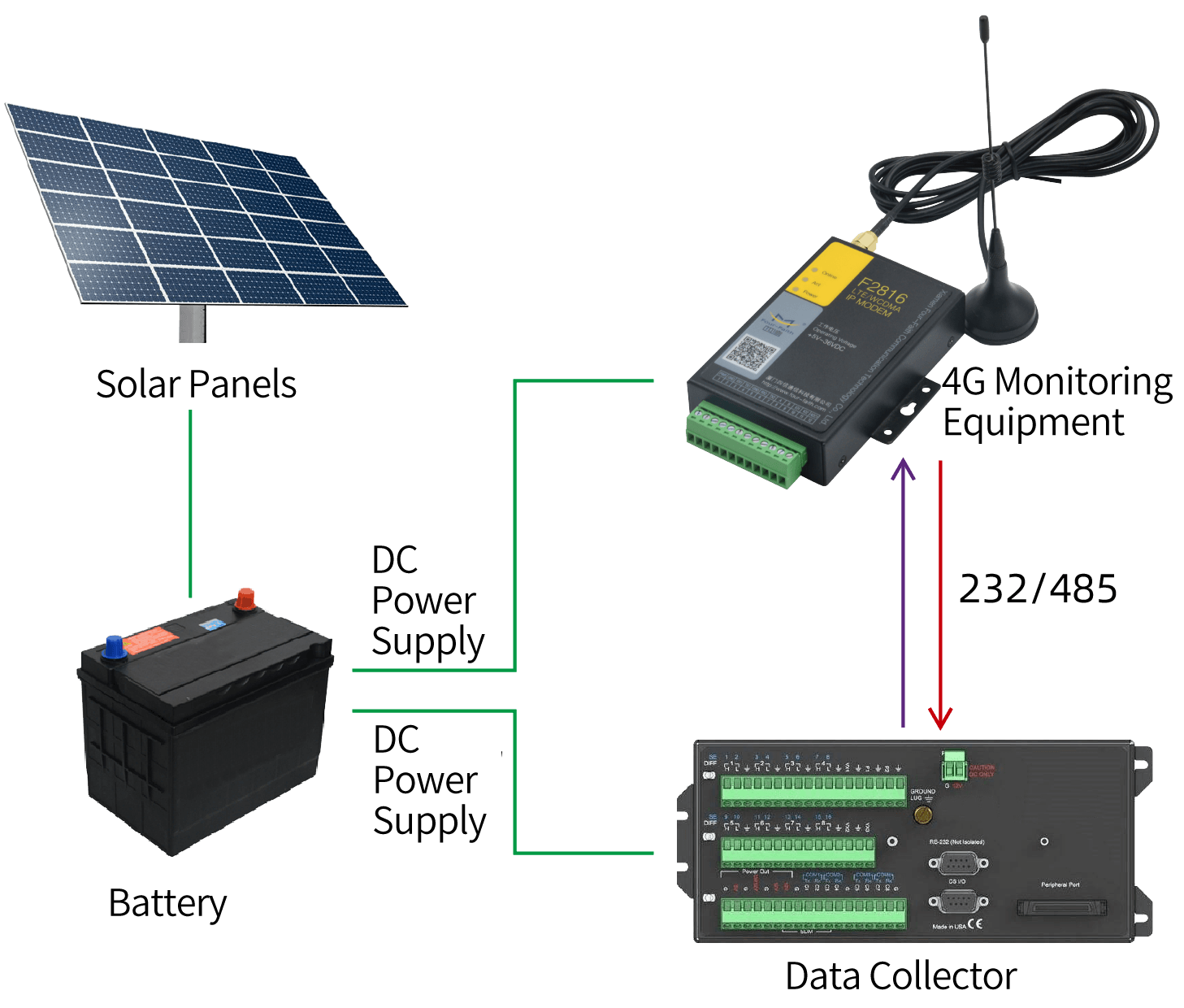
Advantage
▶ 24-hour unmanned guard
▶ No need for wiring, support 2/3/4G network wireless transmission
▶ Stable operation in high temperature and low temperature environment of -35 ° C ~ 75 ° C for a long time
▶ Remote observation equipment deployment, reducing on-site observations and improving work efficiency
The meteorological station is a multi-element automatic monitoring node specially developed for agriculture, hydrology, meteorology, ecological investigation and research, etc. It can measure conventional meteorological elements such as rainfall, wind direction, wind speed, temperature, atmospheric pressure and humidity. In order to make up for the shortage of large-scale monitoring equipment in meteorological forecasting, real-time monitoring of data is realized through unattended weather stations in many regions of China. It has flexible site selection, no environmental restrictions, relatively low input costs, and can work around the clock to obtain more comprehensive, more detailed and timely data information, providing more reliable data protection for further improving the accuracy of weather forecasting.

Solution requirements
■ Labor costs are too high, it is difficult to monitor data anytime and anywhere, and deal with problems in a timely manner
■ Satellite network coverage is small, speed is low, and there is no direct communication between small stations, which limits network functions.
■ The traditional meteorological information system ground network is built earlier, the equipment performance is low, the line speed is low, and the time is prolonged, which is difficult to meet the demand.
Introduction
Based on the four-faith DTU digital transmission terminal equipment, the customer demand measurement data collected by the meteorological stations distributed in various places is transmitted to the central monitoring and analysis system, and the staff can know the real-time meteorological monitoring data of each meteorological monitoring node without leaving the household.
In the meteorological center, you can perform node location viewing, real-time data display, data recall, historical data/historical operation query, time period statistics, curve analysis, point management, login management, etc., and when there is an abnormal situation, the system will be more The method sends a pre-alarm message, prompting the management personnel to pay attention to the alarm point or take necessary precautions.

Advantage
▶ 24-hour unmanned guard
▶ No need for wiring, support 2/3/4G network wireless transmission
▶ Stable operation in high temperature and low temperature environment of -35 ° C ~ 75 ° C for a long time
▶ Remote observation equipment deployment, reducing on-site observations and improving work efficiency
Previous Page:Internet of Things in Industrial Automation Application
next page:Application of line loss module in smart grid distribution




